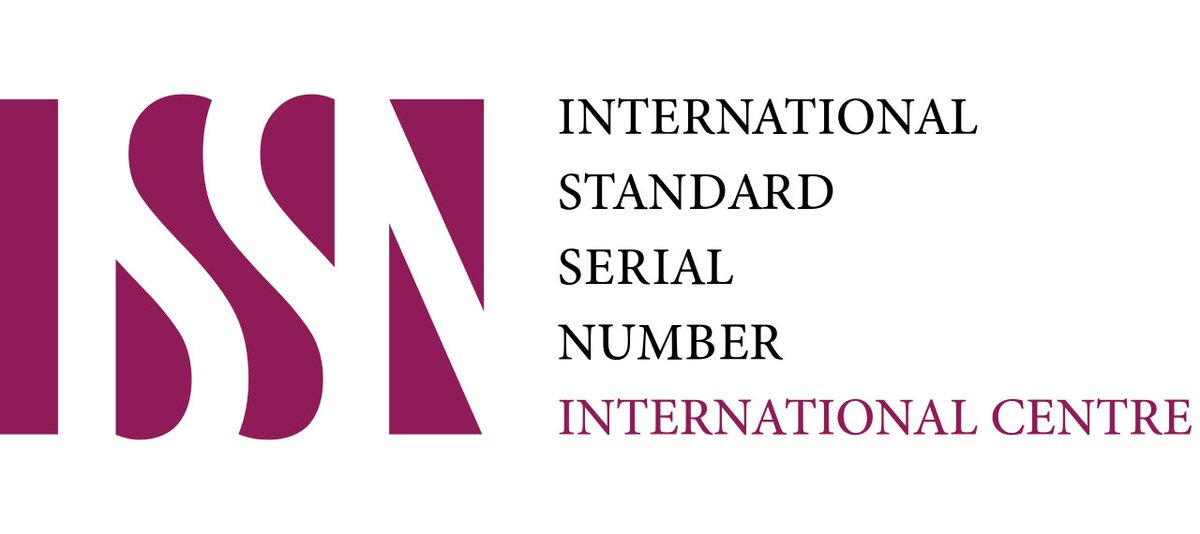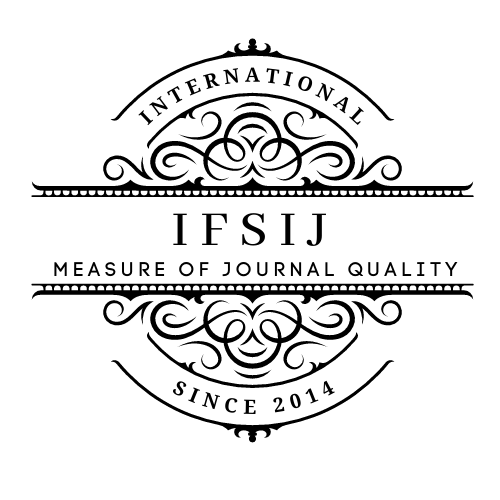THE IMPORTANCE OF INTERLEUKINS IN THE REHABILITATION OF BRONCHIAL ASTHMA
Keywords:
Bronchial asthma, leukocytes, eosinophil, diagnosis, relapse, interleukin, inflammatory reactions.Abstract
Bronchial asthma (BA) is a chronic inflammatory disease of the respiratory tract characterized by bronchial hyperreactivity and reversible obstruction. Interleukins (IL) and cytokines that mediate immune and inflammatory processes play a key role in the pathogenesis of asthma. Rehabilitation of patients with asthma is aimed at reducing the severity of symptoms, improving the quality of life and reducing the frequency of exacerbations. Understanding the role of IL in the pathogenesis of asthma is necessary to develop effective rehabilitation strategies. Various IL are involved in a complex cascade of inflammatory reactions in asthma. IL-4, IL-5, and IL-13 produced by Th2 lymphocytes play an important role in the development of allergic inflammation by stimulating IgE production, eosinophil activation, and mucus hyperproduction. IL-17 produced by Th17 lymphocytes promotes neutrophilic inflammation and airway remodeling. IL-10, which has immunosuppressive properties, can have a protective effect, reducing the severity of the inflammatory reaction.
Downloads
Published
How to Cite
Issue
Section
License

This work is licensed under a Creative Commons Attribution-NonCommercial-NoDerivatives 4.0 International License.















